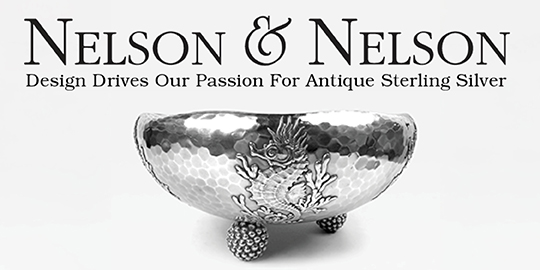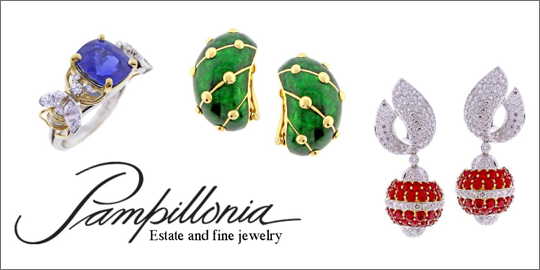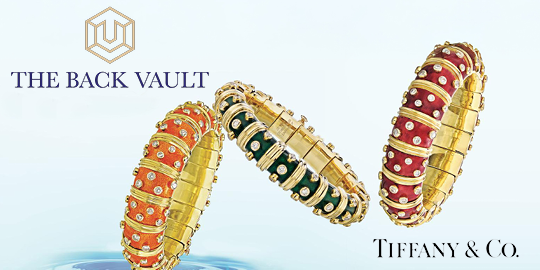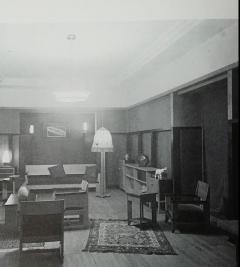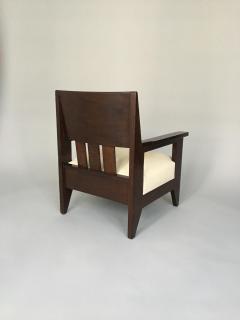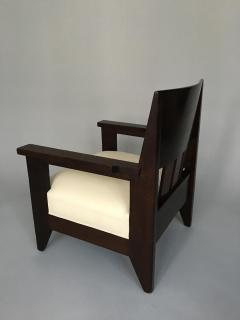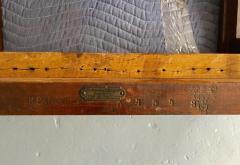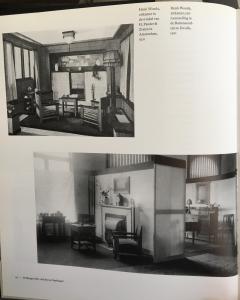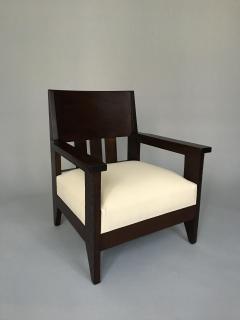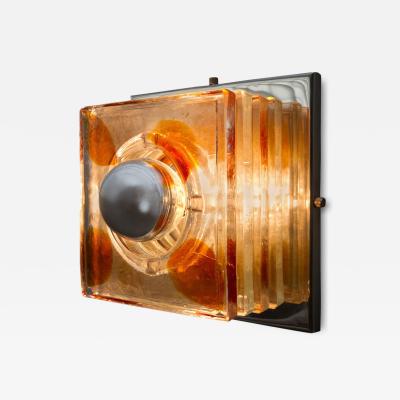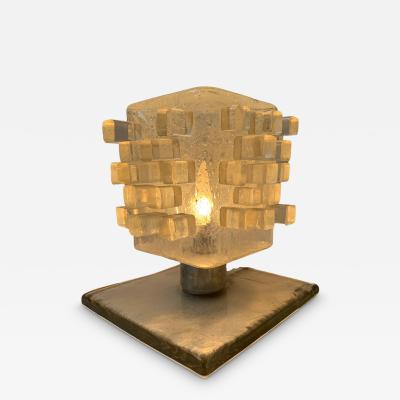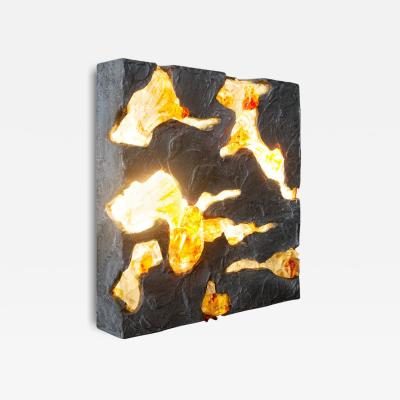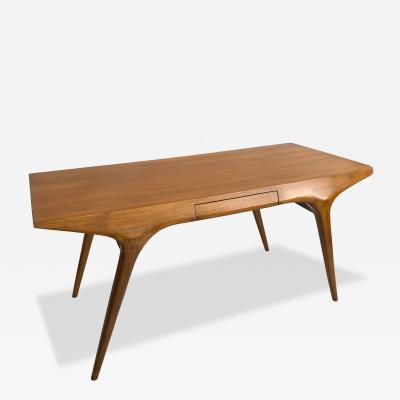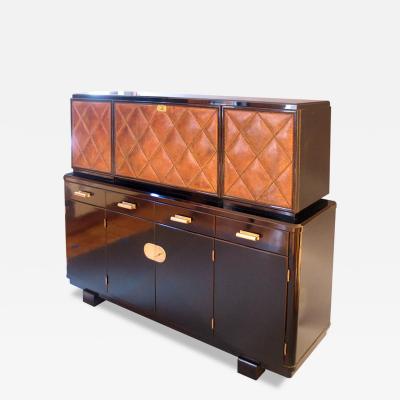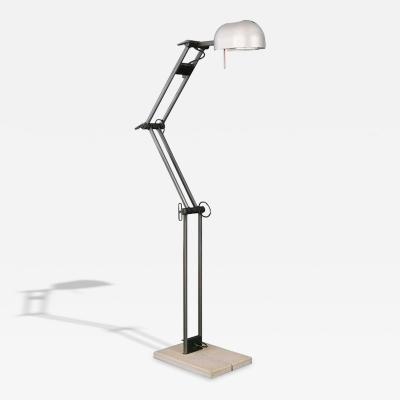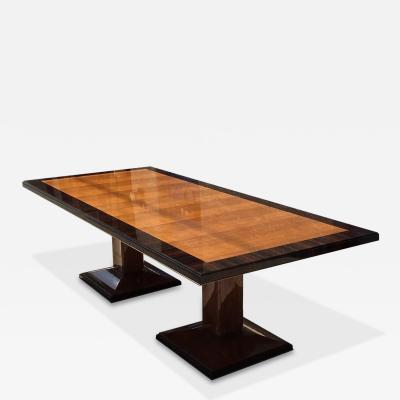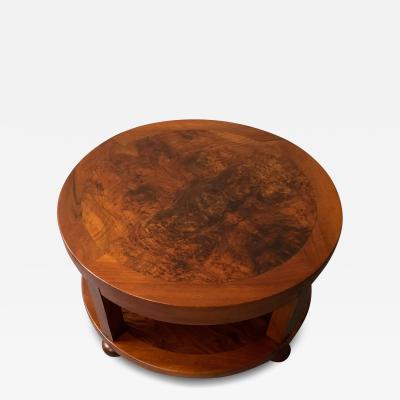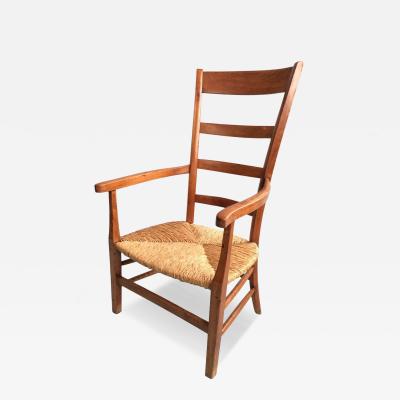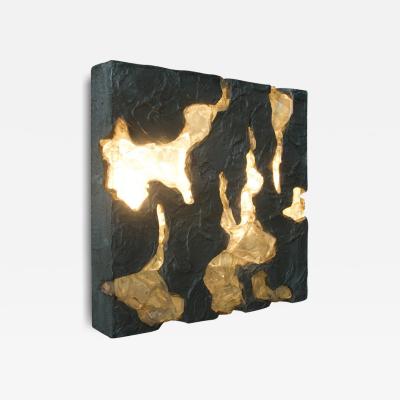Single Armchair by Hendrik Wouda
-
Description
Here is a Hendrik Wouda armchair in oak from 1921.
Hendrik Wouda was one of the most well known architect/Designers from The Hague School in Holland. The armchair has the Pander & Son stamp underneath. The armchair is documented in several books and is in permanent collection at the Centraal Museum in Utrecht, Netherlands. During the interwar years (1919-1938) in the city of The Hague, a luxurious and modern design style was created. The Hague School is a variation of Art Deco and is recognizable by the straight and geometrical shapes in its decorative arts and in its architecture. The Hague School was a mix of the rationalism of Berlage, the traditional Arts and Crafts Movement (the interiors of Frank Lloyd Wright, who visited Holland in 1918) and Gerrit Rietveld (the avant-garde movement of De Stijl; the use of color and constructivism) All of these influences resulted in a modern commercial design movement centering around The Hague and its wealthy citizens. It featured symmetrical and asymmetrical lines, almost no ornamentation, a constructionist attitude and the use of colors such as blue, red, and black. -
More Information
Documentation: Documented elsewhere (similar item) Origin: Netherlands Period: 1920-1949 Materials: Oak. Condition: Good. Refinished. Wear consistent with age and use. The armchair has been restored, but some age and wear where not restored. Armchair was not overly restored. Creation Date: 1921 Styles / Movements: Modern, Art Deco Incollect Reference #: 806062 -
Dimensions
W. 26.5 in; H. 31.25 in; D. 24.25 in; W. 67.31 cm; H. 79.38 cm; D. 61.6 cm;
Message from Seller:
Frank Rogin Inc., a by-appointment gallery in Albany, NY, can be reached at info@rogin.com or 212.431.6545. The gallery, led by third-generation dealer Frank Rogin, specializes in European modernist design and maintains a renowned, expertly authenticated collection of Poliarte lighting.
Sold







